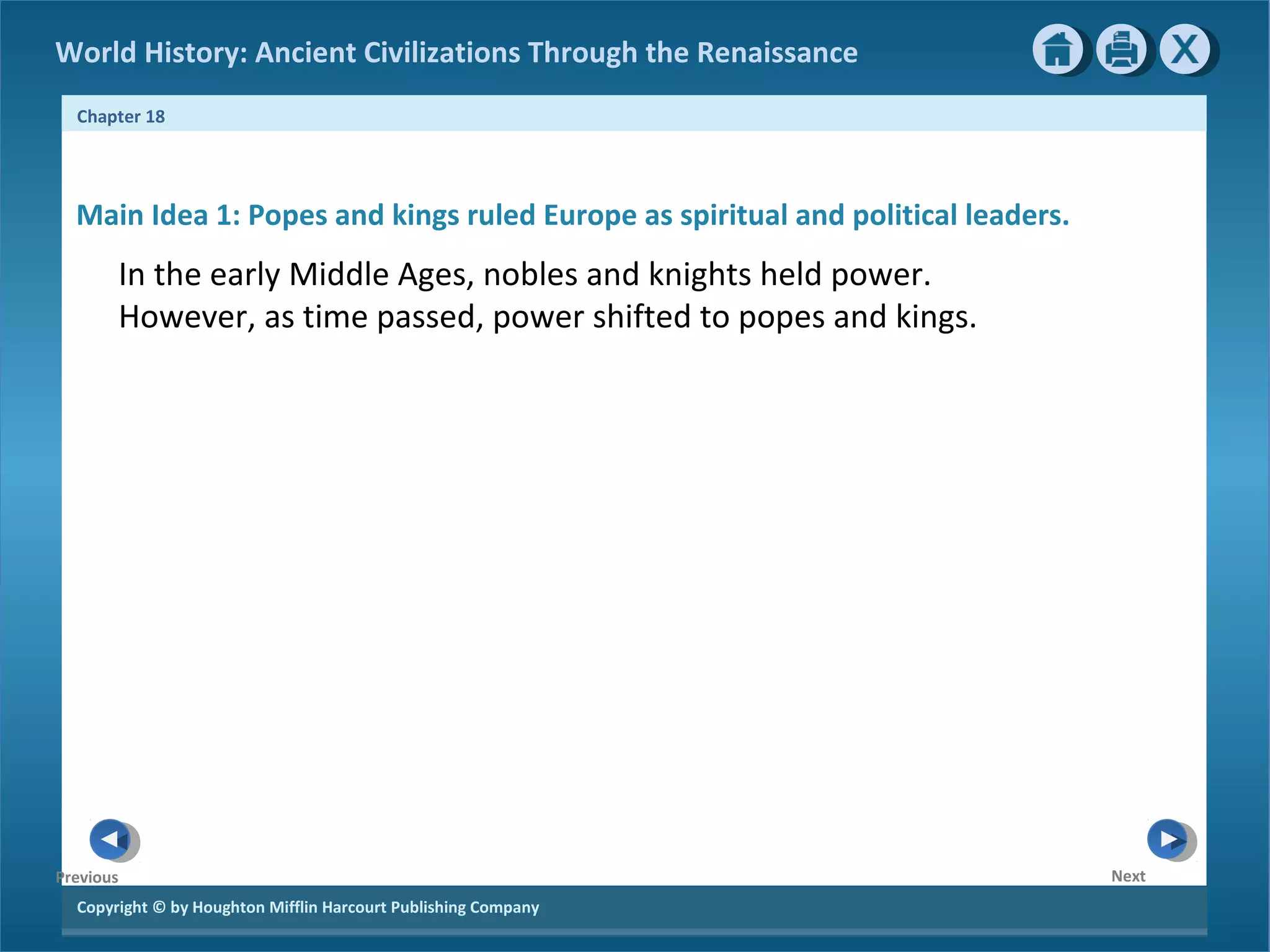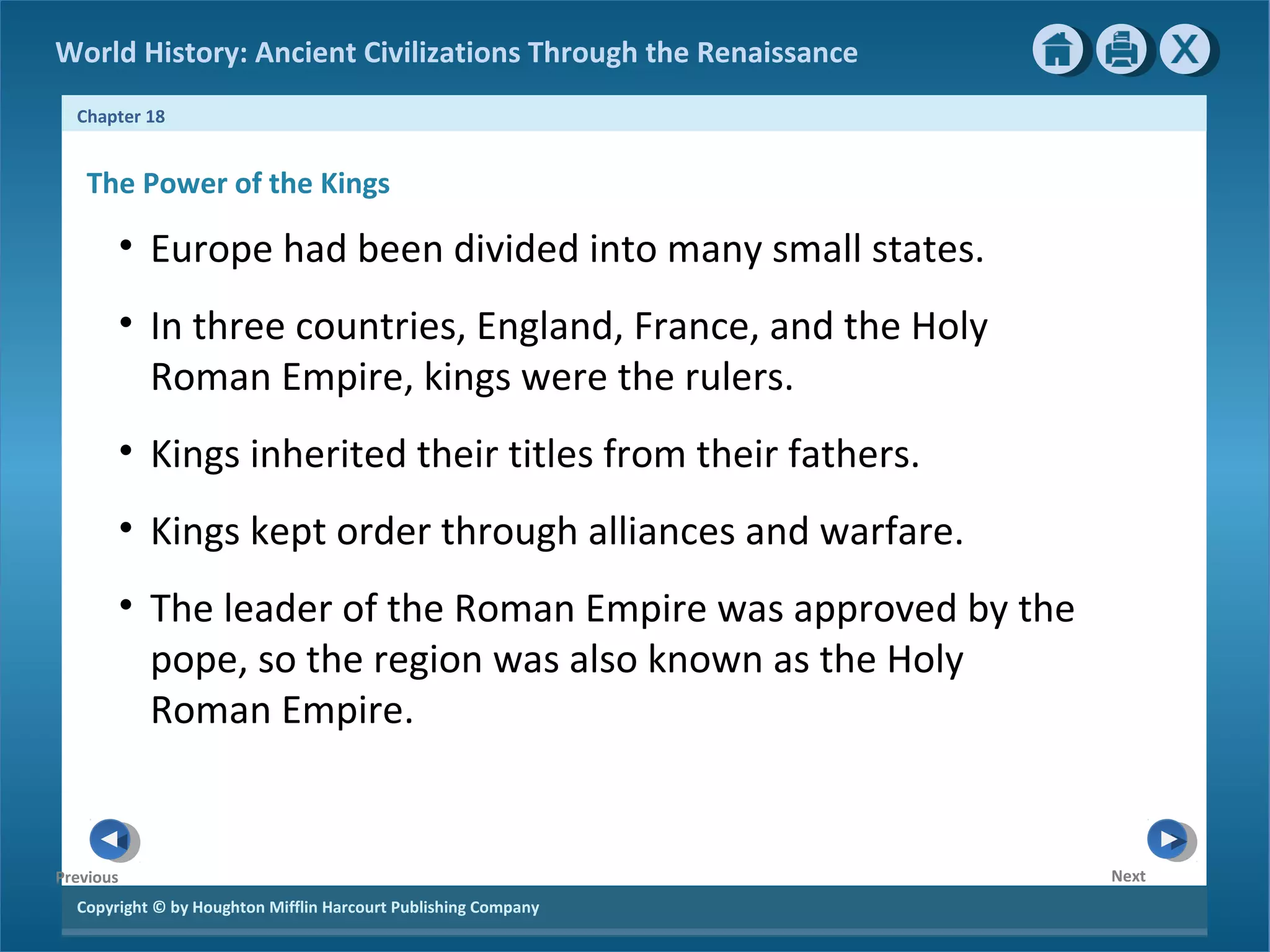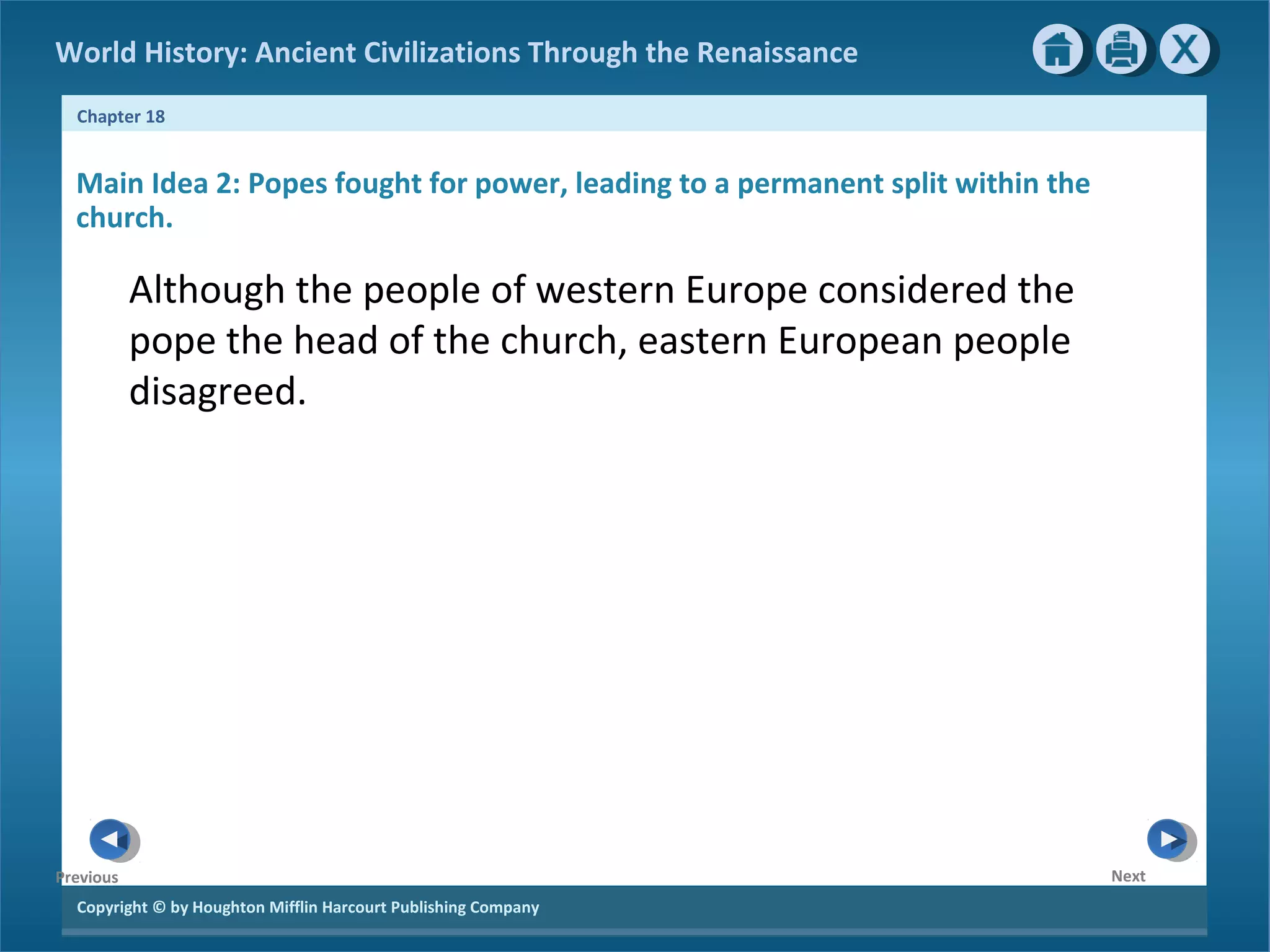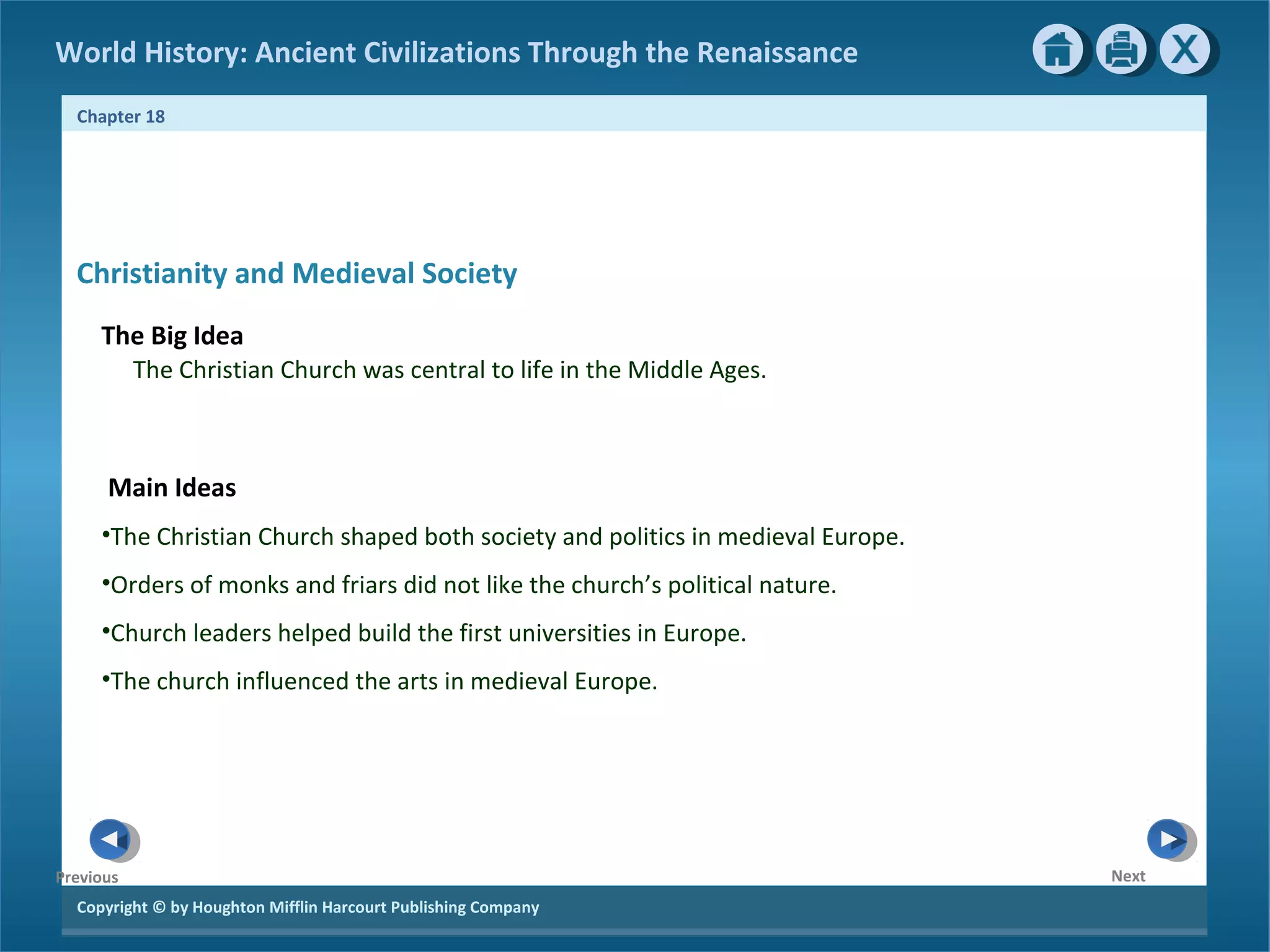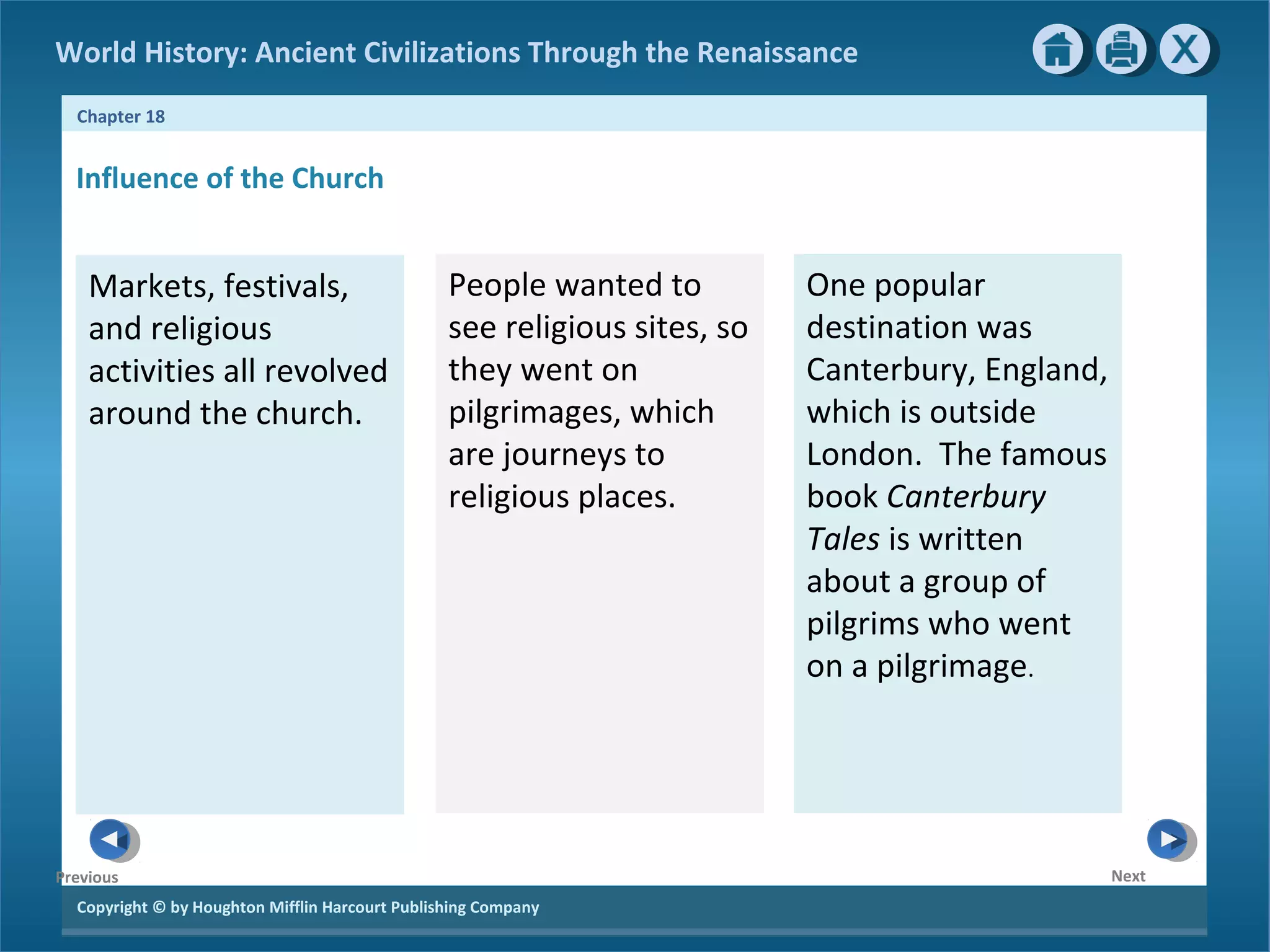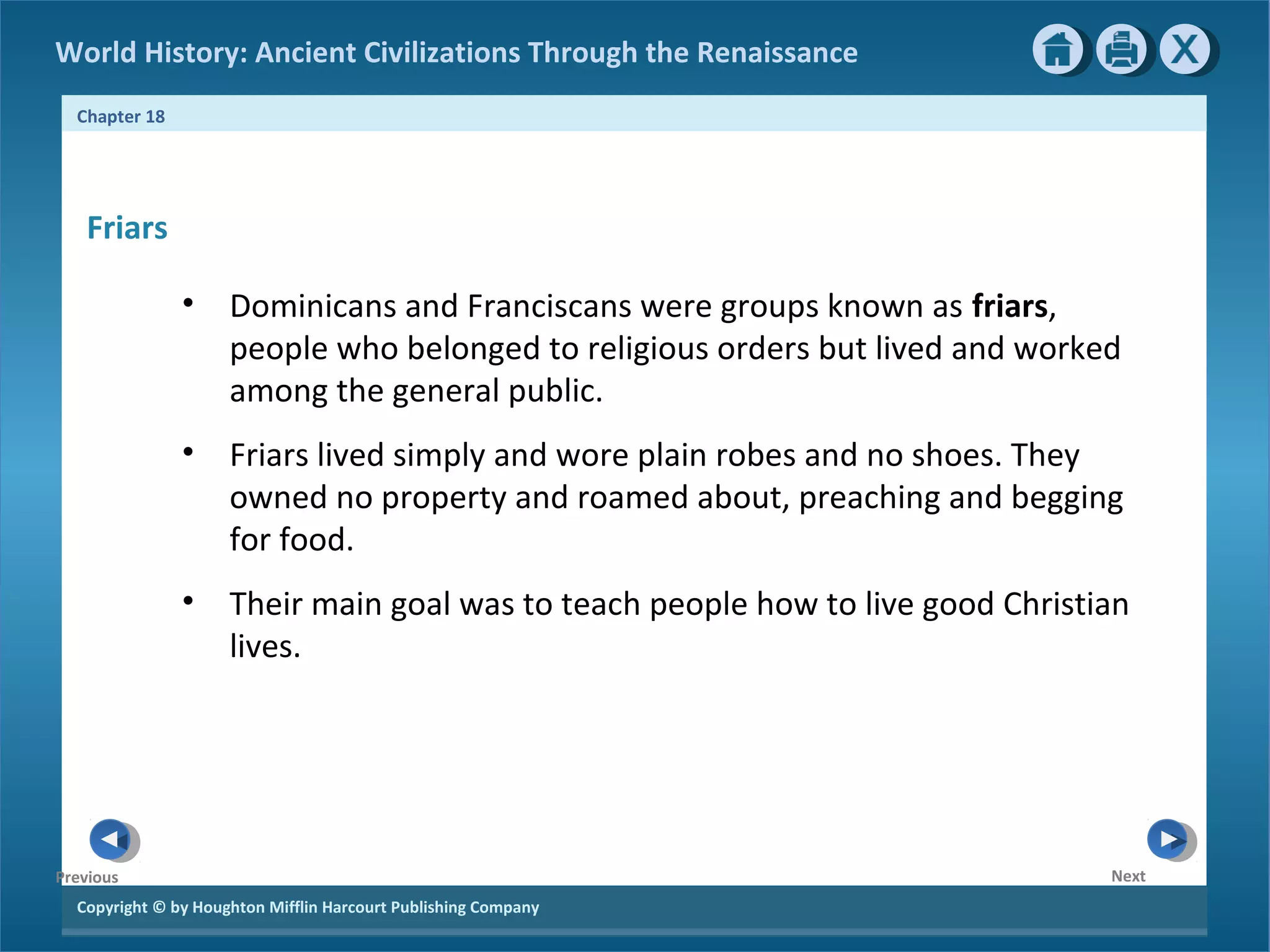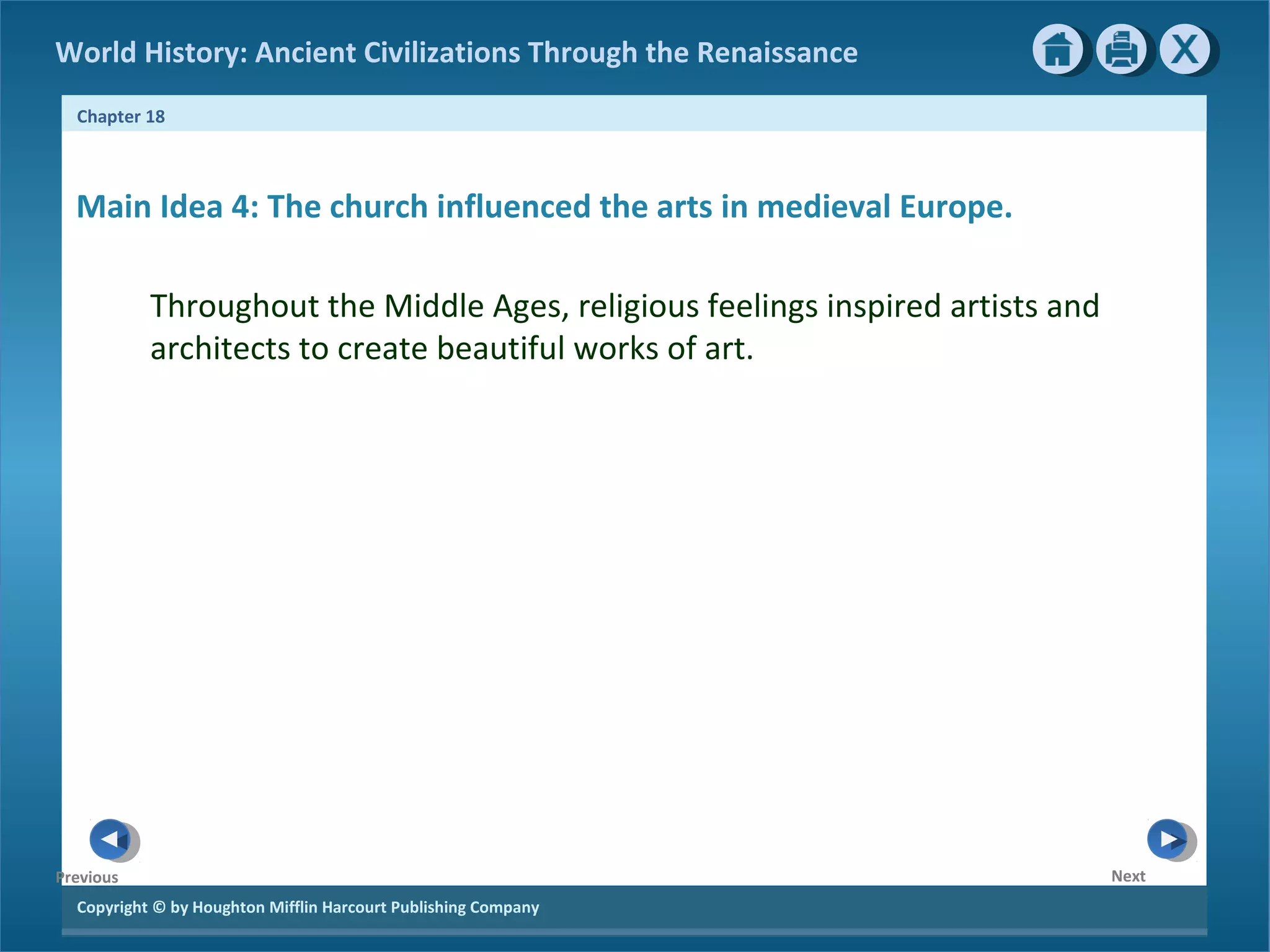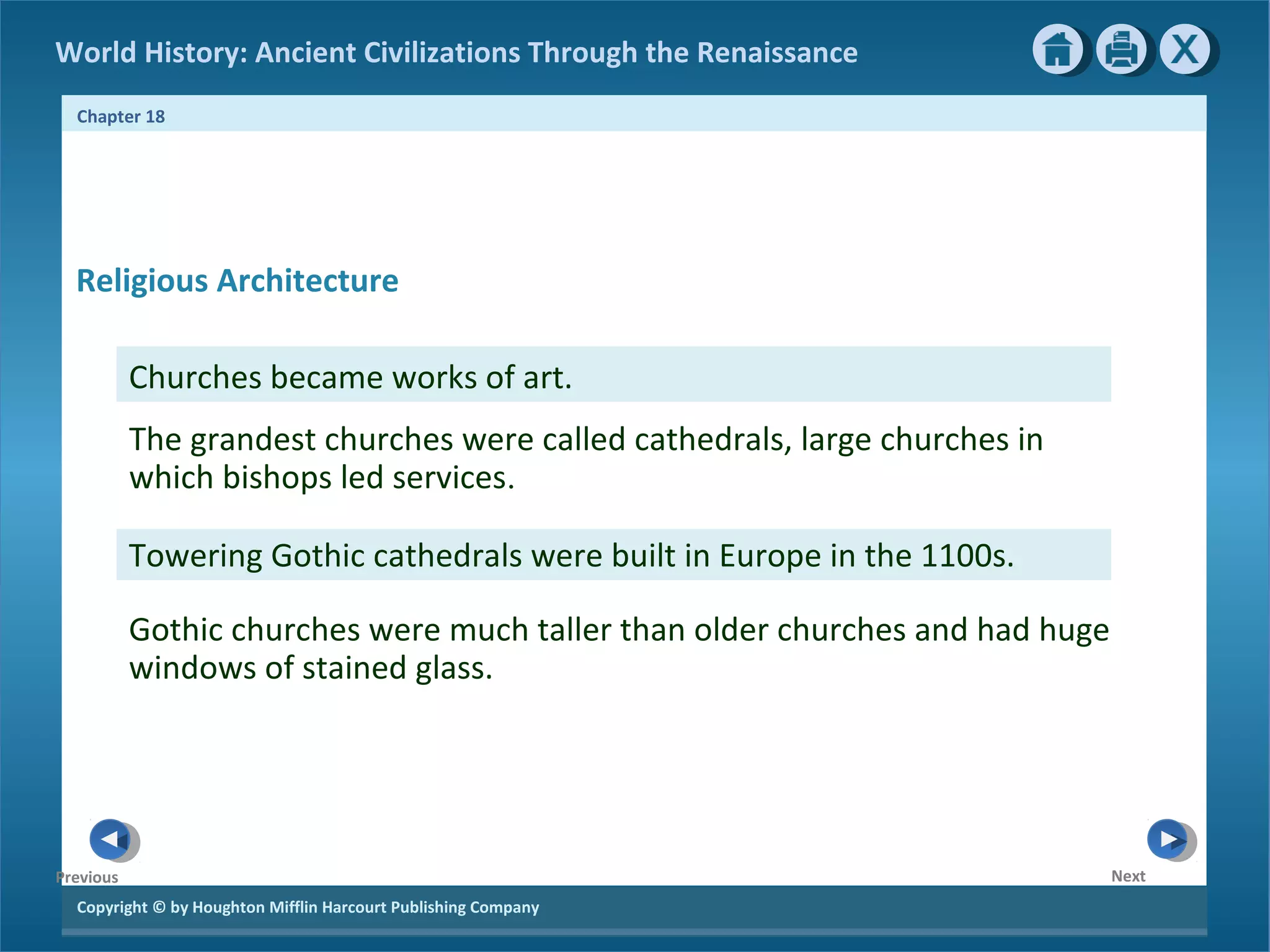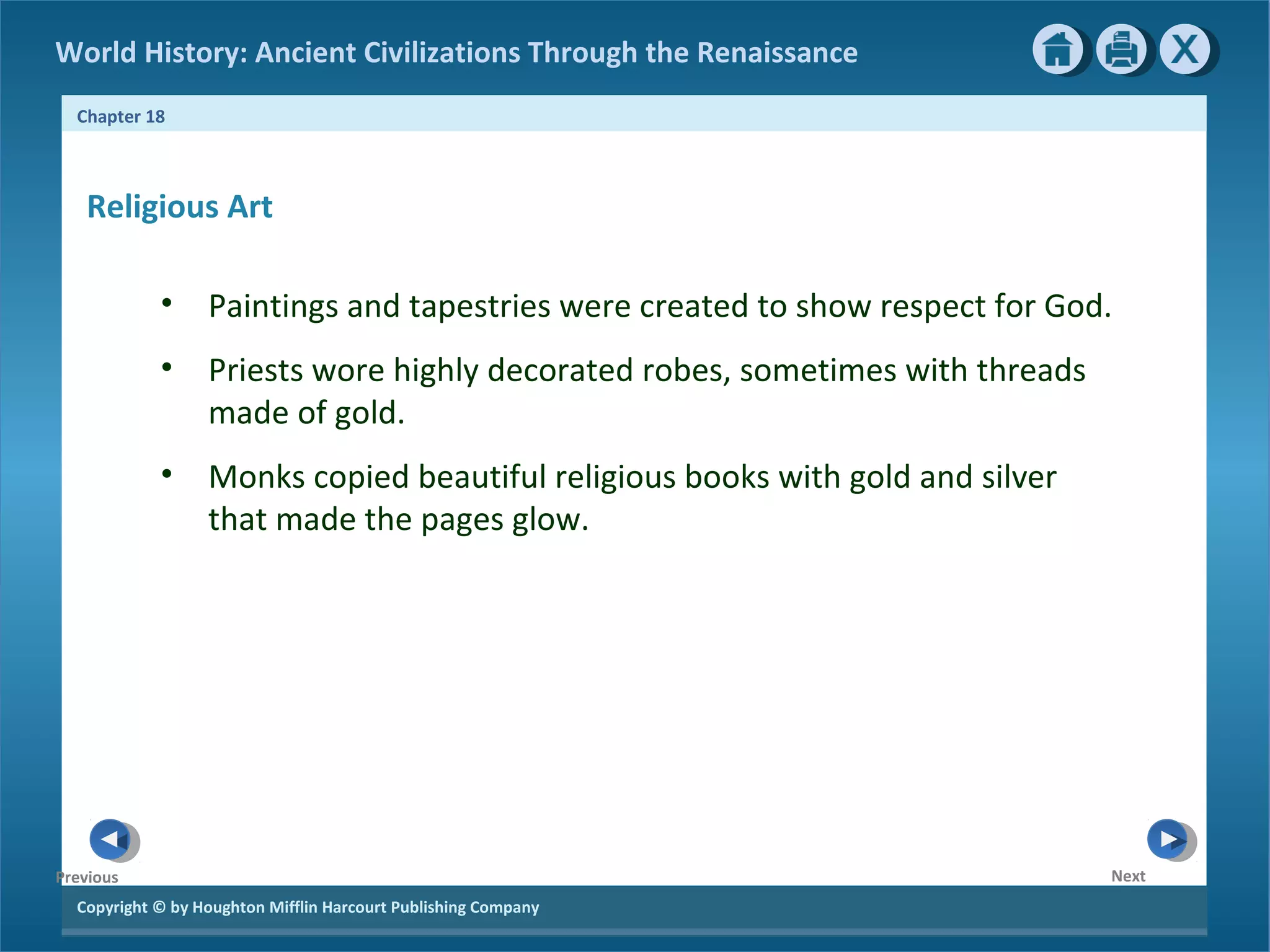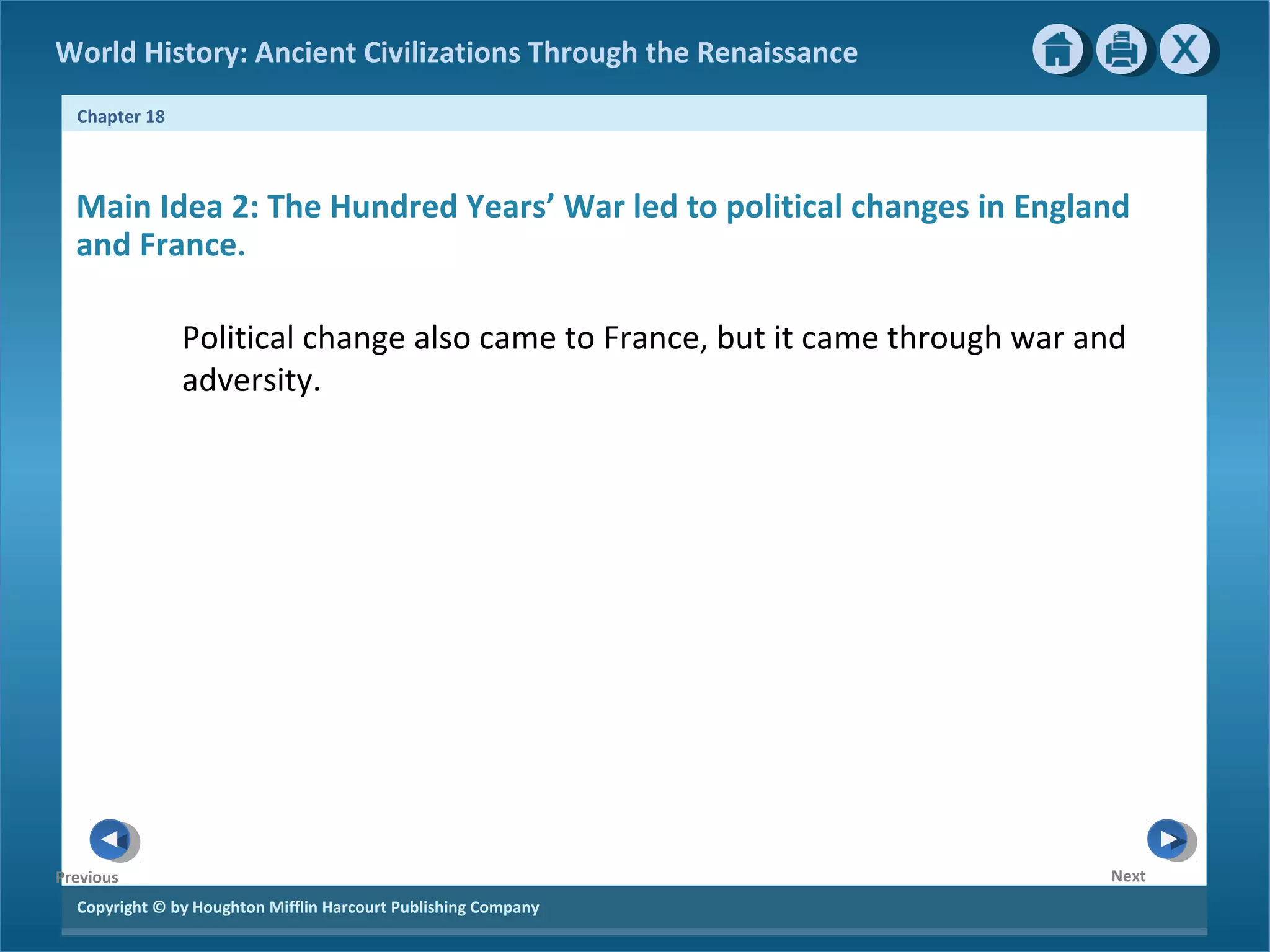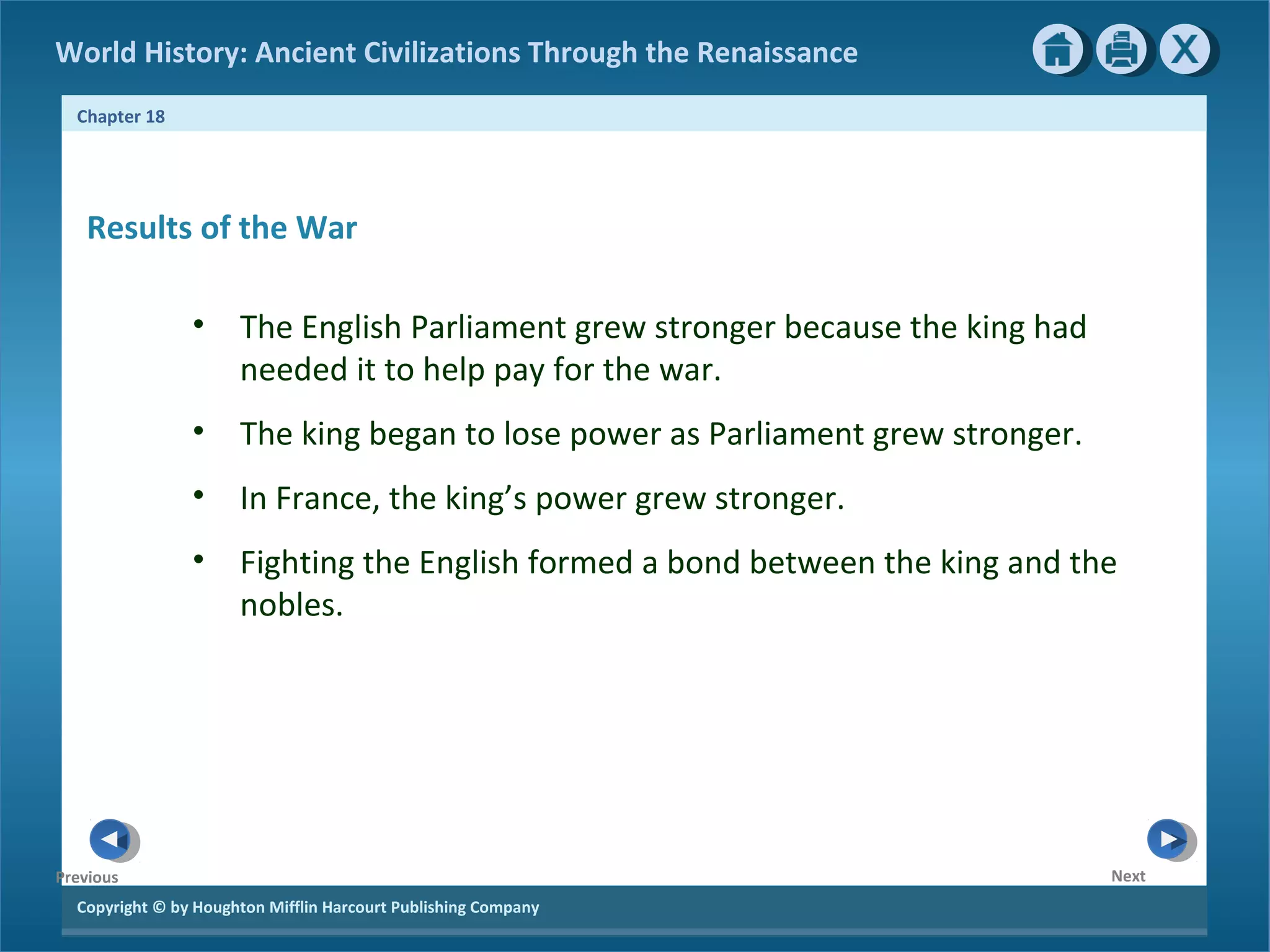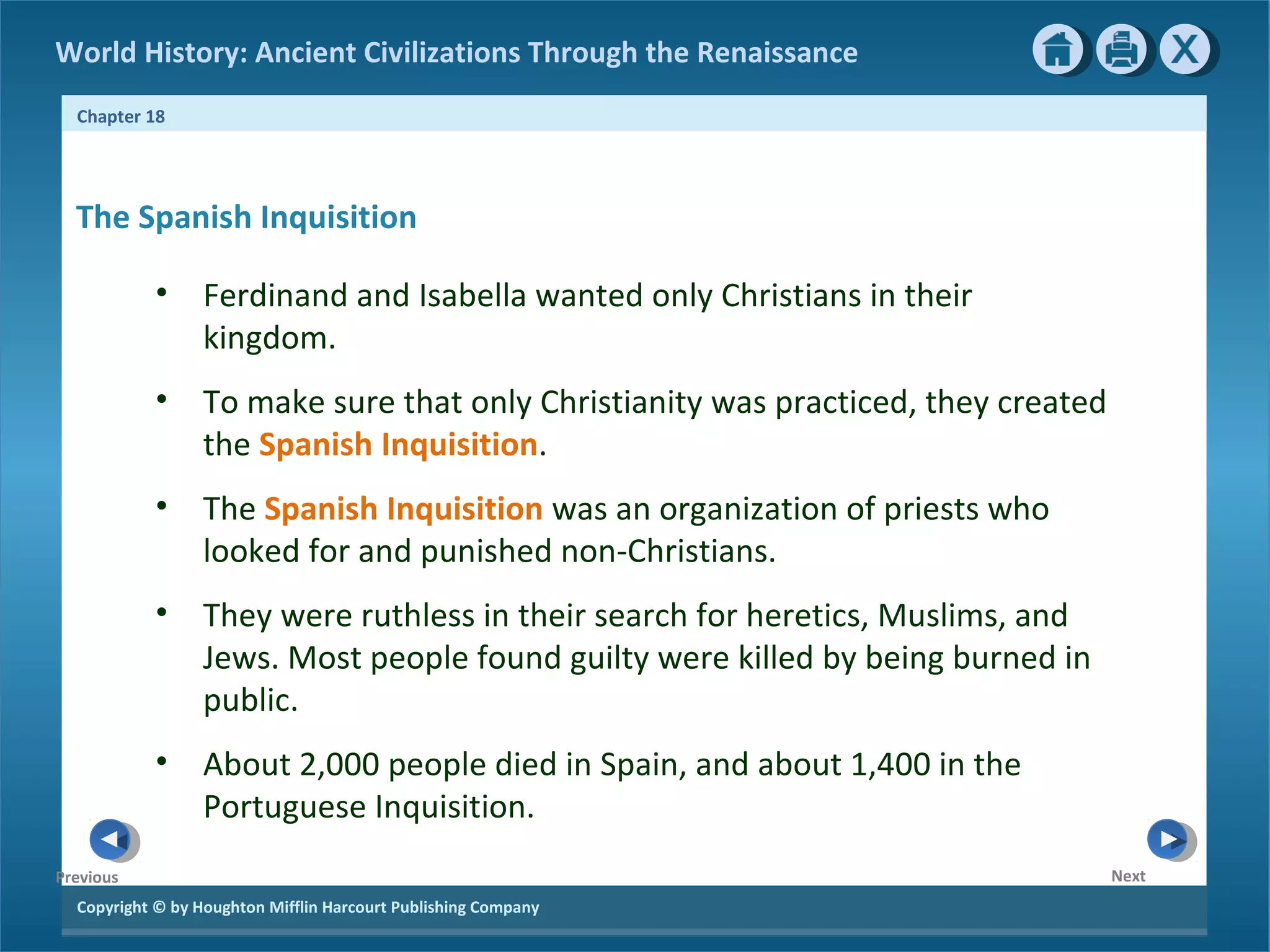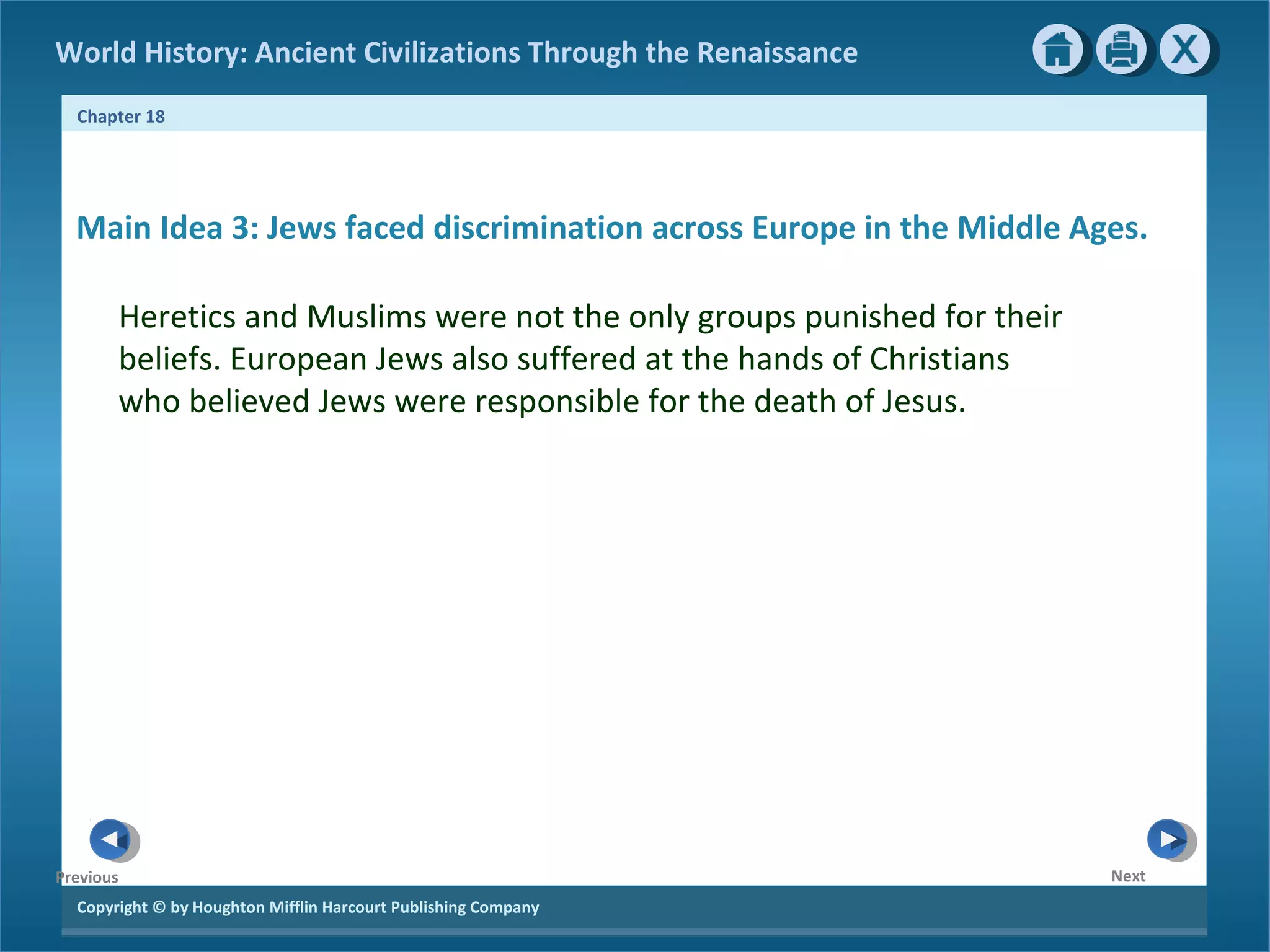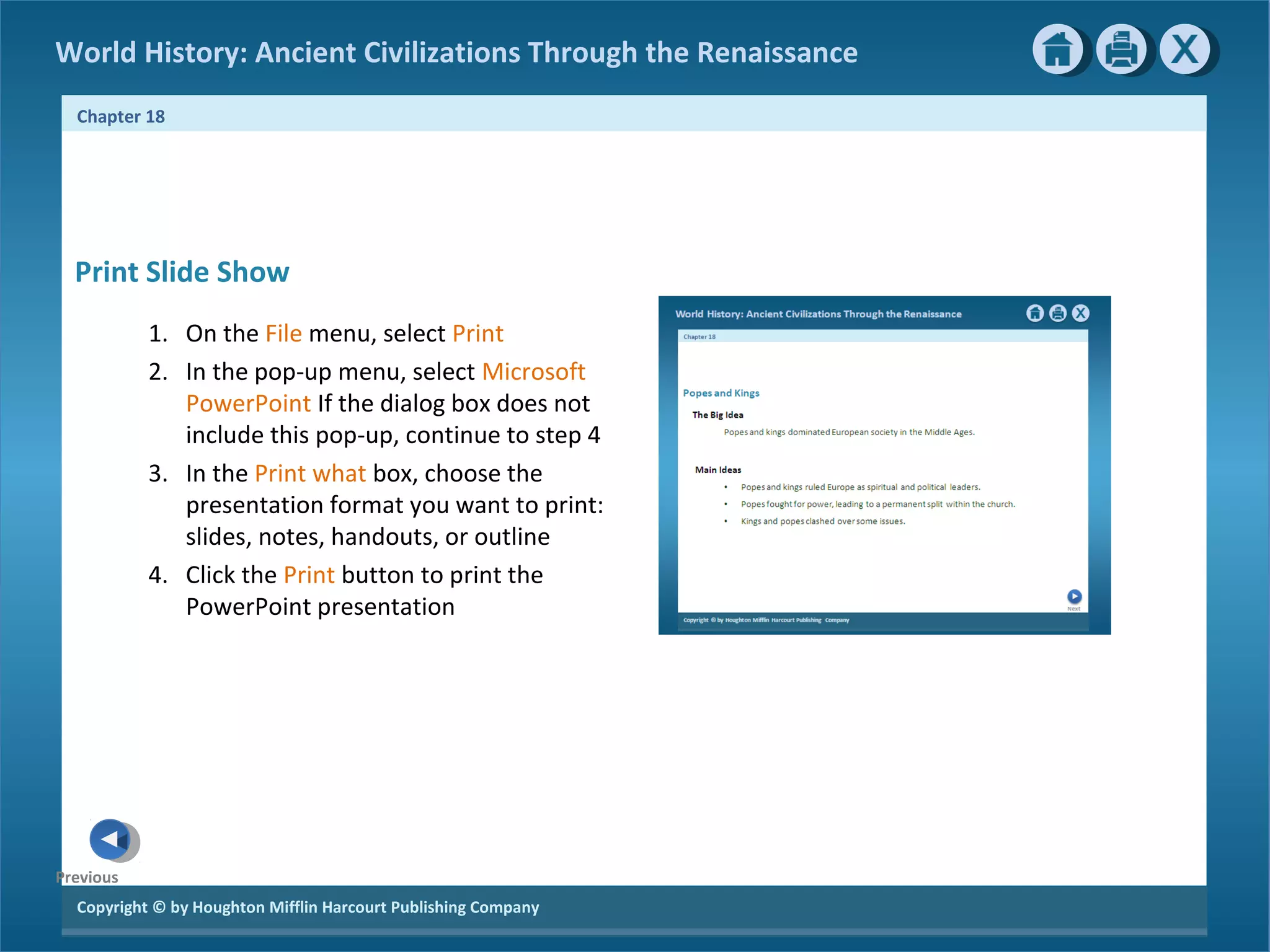The document discusses the political and social changes that occurred in Europe during the late Middle Ages. It describes how the Magna Carta limited the power of English kings and established principles of habeas corpus and rule of law. It also explains how the Hundred Years' War between England and France led to the growth of parliamentary power in England and helped drive the English out of France. Additionally, it overviewed how the Black Death plague led to social changes in medieval Europe.

